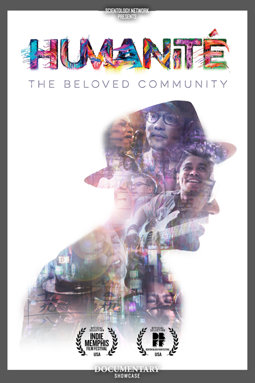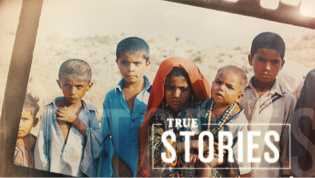
MEN IN THE ARENA
About the Filmmaker

J.R. Biersmith
Men in the Arena is J.R. Biersmith’s first feature-length film. He has been a content creator across platforms for over 10 years. He began his broadcast journalism career at The Miami Herald. He graduated with a BA in international business from Bradley University and a MA in broadcast journalism from the University of Miami (Coral Gables).FILMMAKER STATEMENT
When I began working on this film, I could have never imagined the great struggles and joys or the incredible highs and lows that would lie ahead.
The project started when I heard a story about a Somali teenager who refused to join the Al-Qaeda-linked Al-Shabab and paid for it with a public amputation in the national soccer stadium. Michelle Shephard’s work on this story galvanized the Somali diaspora in Canada and their efforts helped him find refuge in Norway. I couldn’t shake his story or the realization that this was possibly the same stadium American forces ran to in the film adaptation of the bestselling book Black Hawk Down. Mogadishu Stadium was the former home of Somalia’s beloved national soccer team and today it is a war-ravaged symbol of a nation long considered the most hostile and failed state in the world. I wanted to make a film about the young men without the guns, the young men who’ve known nothing but war but dream of peace and playing soccer on their own soil.
In the summer of 2013, I met the president of the Somali Football Federation in Tahiti for the FIFA Beach Soccer World Cup. Two months later, I traveled to Nairobi with co-producer/editor Brian Bellinkoff to meet the Somali national team while they competed in the oldest tournament in Central and East Africa. As I started to get to know the players, I was struck by their personal stories of terror, stories that sounded more like nightmares masked by positivity and love for their country.
The first night we handed out a questionnaire. That’s the night we met Saadiq. He asked if his friend could just talk to us about his story. I’ll never forget the beads of sweat dripping from Sa’ad’s head as he described being arrested by Al-Shabab for listening to music. After the first match ended, we knew we wanted to build the film around Saadiq and Sa’ad. At the time, I couldn’t foresee just how difficult it would be to capture their stories. Saadiq lived in a complicated Nairobi neighborhood, Sa’ad lived in Mogadishu, outside of the green zone, and the Somali football archives were completely destroyed in 2010.
I sent Sa’ad a tablet, and Saadiq borrowed an iPad to make video diaries. Together we worked through busted phone connections and spotty internet to connect over Facebook, WhatsApp and Skype before I made the trip to Mogadishu. In late August 2014, Saadiq came to America, and we suddenly had unlimited access to him on safe ground. We continued our story with Sa’ad through broken-up calls and difficult shoots in Mogadishu and Afgoye.
My hope for the film is that it provides a window into the lives of the Somali people, the struggles they face in a field of terror and the bravery that two young men command in demanding a better future for themselves. I am humbled by the trust they placed in me and the opportunity to call them my friends, my family. At the end of a long journey together, we all gained something we never expected.
FILM INFO
MORE FROM THE DOCUMENTARY SHOWCASE






































































ABOUT THE DOCUMENTARY SHOWCASE
Welcome to the Scientology Network Documentary Showcase
Fundamental to Scientology is a humanitarian mission of extraordinary scope, now extending to some 200 nations. Included therein are programs for human rights, human decency, literacy, morality, drug prevention and disaster relief.
For this reason, the Scientology Network provides a platform for Independent filmmakers who embrace a vision of building a better world.
What is Scientology?
Request a free A Description of Scientology booklet































 LANGUAGE:
LANGUAGE: 









